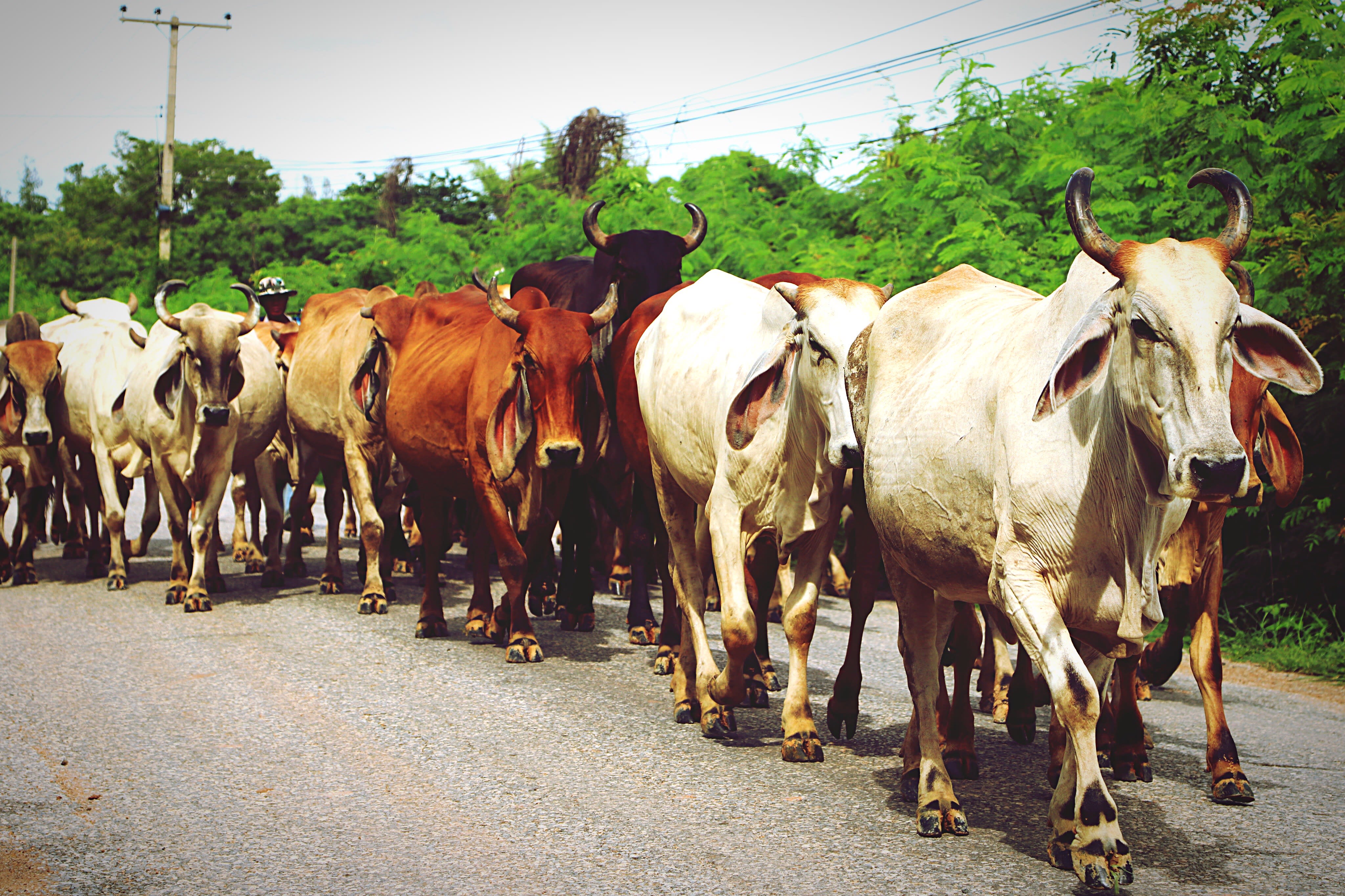Introduction
The global rice market experienced a relief with India's announcement to eliminate its export duties on all rice types except broken rice and remove its ban on non-basmati white rice exports in the last quarter of 2024. This has had a direct impact, especially for rice importing countries such as Nigeria which had earlier been experiencing supply shortages and rising prices. The relaxation in restrictions has led to a fall in rice prices, a shift in global trade flows, and strengthened competition among the exporting nations.
Why India is a Key Player in the Global Rice Market
India remains one of the top rice-producing countries in the world today, representing 27% of global rice production after China in 2024.
Besides being one of the largest producers, India is also the largest rice exporter, dominating the international markets with over 40% of the global rice trade. The export dropped by approximately 29% from the year earlier before the ban of non-basmati rice. However, India had the highest export volume of rice at 22 million metric tonnes worldwide as of 2024/2025 (USDA) following the ban removal.
In 2022, several export duties were imposed previously on rice exports from the country, ranging from parboiled rice, husked brown rice, rice in husk and so on. However, in July 2023, India's government further imposed a ban on non-basmati white rice exports, primarily to keep domestic inflation in check and ensure food security. As a result of the export cutback, global rice prices went up by approximately 14% the following months. This is because rice-importing nations, mainly in Africa and Southeast Asia, had to seek alternative sources. This led to an increasing demand pressure on the other rice exporting countries, consequently, the pressure resulted in soaring rice prices, which remained high in 2023 due to tight supply.
Trends in India’s Rice Export Policies
India has frequently adjusted its rice export policies based on domestic food security concerns. The following table summarizes key policy changes affecting rice exports:
This historical pattern suggests that India’s export policies will continue to be influenced by domestic food production, inflation concerns, and political considerations and will always have a substantial impact on the rice global market.
But the positive news is, recently, India removed its minimum export price and eliminated export duties on all types of rice, including parboiled, basmati, non-basmati, brown, and white rice. and lifted its ban on non-basmati white rice in September and October 2024 respectively. This served as a relief to the rice global market, especially for rice-importing countries like Nigeria. Since October, global export quotes declined sharply as India’s return to the export market continues to create downward pressure on global prices
Impact of the Ban Lift on Global Prices
When India reversed its decision in October 2024, the immediate market reaction was a sharp decline in rice prices. The global average price of rice dropped by almost 12% that month, coinciding with new harvests from major exporting countries such as Thailand, Vietnam and even in India.
This downward price movement was largely driven by:
- Increased global supply and trade: The return of Indian exports added millions of metric tons of rice to the global market, lowering pressure on global prices. The forecast for global rice trade in 2025 has been increased and the price of rice is projected to further decline in 2025/2026 owing to favourable weather conditions and increased production.
- Stronger competition among exporters: Other major rice-producing nations had increased production and stockpiles during India’s policy period, making the market more competitive upon India’s return. For instance, Thailand, Vietnam, and Pakistan, which benefited from India’s absence, now face greater competition, potentially leading to further price reductions.
- Weakened international demand: Many importers had already sourced rice from alternative suppliers, reducing immediate pressure on Indian shipments. For instance, the markets for white and parboiled rice declined in January due to generally weak demand, notably from important buyers in Asia and Africa.
What does this mean to Nigeria?
Nigeria is a significant rice consumer and importer, relying on imports to bridge the gap between domestic production and consumption. In 2023, the country imported $7.26 million worth of rice, making it one of the largest rice importers globally (OEC 2023). In 2024, Nigeria’s imports surged, making it the third-largest rice-importing country, with over 2.4 million metric tons (mmt) imported, according to the U.S. Foreign Agricultural Service. The primary sources of Nigeria’s rice imports included (for 2023):
- India ($5.9 million)
- United Arab Emirates ($743,000)
- Thailand ($307,000)
- Benin ($101,000)
- United States ($95,400)
The data indicates that Nigeria's rice market is heavily reliant on India, particularly for imports, and as such, is exposed to potential disruptions and trends in India's rice market. The lifting of India’s export ban is expected to provide much-needed relief to Nigeria, as it now has access to more affordable rice supplies, reducing inflationary pressures on food prices.
Following a more stable price for Nigerian and imported rice in the first half of 2023, both rice types experienced a sharp rise from late 2023 through the early months of 2024. This suggests economic policy changes which affected the availability and affordability of Rice.
In mid-July of 2024, the Federal Government through the Customs Service publicly announced the temporary waiver of all import (and associated levy) taxes for some food commodities, including rice, until December 31, 2024. This step was taken to ameliorate food inflation in the country as food inflation reached a peak of 40.87% in June of the same year. As a result, husked brown rice duties and levies moved from 30% to 0%. Even though Nigerians expected to see an immediate steep decline in rice prices within the country, the result is only beginning to materialise as initially anticipated. This is due to the lag in the implementation of the policy.
As a result toward the latter end of 2024, the price increase seems to level off for both Nigerian and imported rice, with imported rice finding a higher price level than Nigerian rice. Although both prices continued rising, the growth rate rapidly declined and moved slowly when compared to the previous months before the Indian ban lift and export duties elimination, as well as the temporary import waivers.
In retrospect, India’s decision to lift its ban on non-basmati white rice exports marks a pivotal moment in the global rice market. While prices have declined, market conditions remain dynamic, influenced by factors such as production trends, government policies, and demand fluctuations. For Nigeria and other major importers, this development presents an opportunity to stabilize food prices and improve food security. However, given India’s history of export restrictions, continued monitoring of policy shifts is essential for long-term planning.



